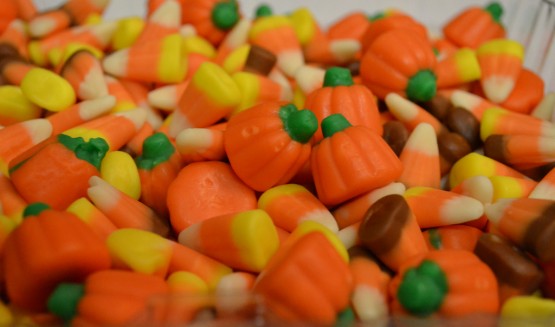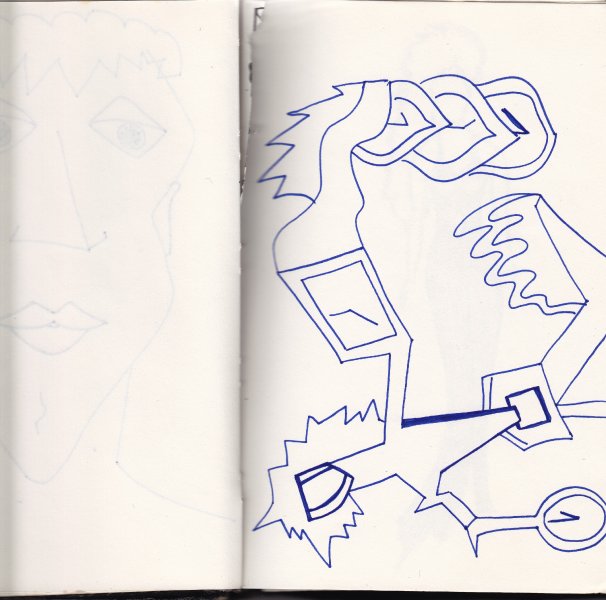With Halloween, Thanksgiving and Christmas just around the corner, it’s difficult not to get swept up into the holiday spirit without enjoying our favorite sweets and desserts. And sure, we’ve heard about the risks of diabetes, obesity and tooth decay from indulging in sugary treats. But do we also understand how these treats affect our liver? Here’s a short and sweet breakdown.

Sugar affects liver health so choose wisely when enjoying those treats.
Quick liver function recap
The liver is the body’s main organ that processes food and drink intake, breaking it all down into simpler forms of vitamins, minerals and substances such as glucose. Glucose is a form of sugar that goes into the bloodstream and the cells, serving as a source of energy. However, our body only needs a certain amount of daily glucose, and the excess gets stored in the liver.
Dangers of excess sugar
While glucose works as a fundamental “fuel” of the body, having too much can add unnecessary stress to the liver. Liver diseases typically start as an inflammation. When not immediately treated, the inflammation leaves scarring that causes permanent liver damage. Experts have found that excessive sugar consumption and poor glucose regulation can spur liver inflammation. With a scarred liver, blood and other minerals cannot flow freely into the liver tissues, thus causing functional problems.
Taming a sweet tooth
Moderation is key when it comes to managing a sweet tooth – especially throughout this festive season. There are several ways to enjoy healthy and tasty treats without compromising liver health. Here are some suggestions:
Choose healthy treats. Dealing with sweet cravings can be challenging, so make sure to remember that you actually have healthy alternative options. Avoid food with added and refined sugar. Consider fruits, dark chocolate, frozen yogurt and other tasty foods with lower glycemic index as other options; and make sure to have some of these snacks at close range in case that craving kicks in.
Watch out for sugar alternatives. Products labeled as “sugar-free” may contain sweeteners that could pose different dangers. High fructose corn syrup, for example, is a commonly used sweetener often found in excess in sodas, pastry and candies, that has been linked to obesity and diabetes. Take a few seconds to check nutrition labels and ingredients for the type and amount of sugar content — and choose wisely.
Exercise. Light to moderate exercise can be enough to stimulate the release of mood-enhancing chemicals in your body that may actually reduce sugar cravings. Go for a brisk walk, a light jog, or some basic yoga to boost dopamine, serotonin, and other neurotransmitters to help curb your jones for a sugar rush.
Join a support group. Some people binge in unhealthy doses of sweets when they’re anxious, depressed or stressed. Recognize the tricky connection between your mood and your cravings, and don’t be scared to seek help in shifting this dynamic for the better. There are free support groups and exciting online programs that can help you develop a healthy diet and lifestyle. Click here to learn more.
And remember, as you stock-up on goodies for eager trick-or-treaters this Halloween, keep repeating the holiday season’s motto: “It’s better to give than to receive!”






























